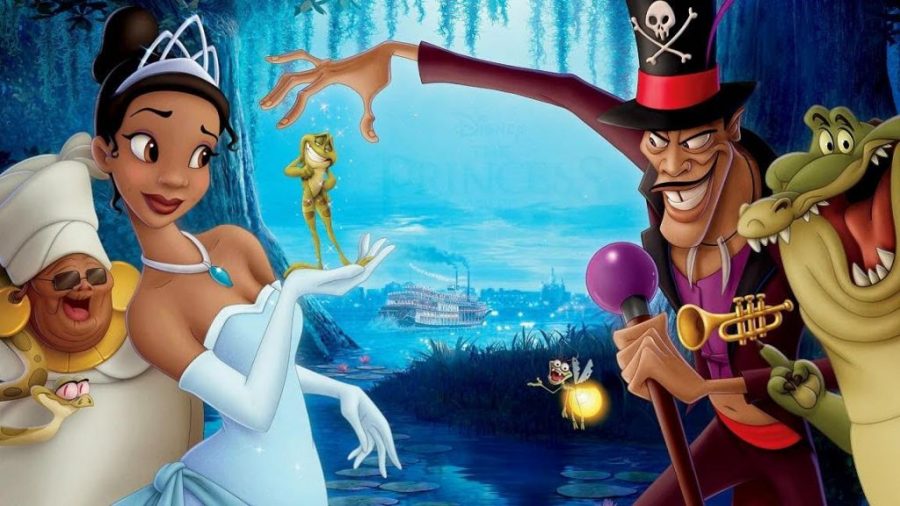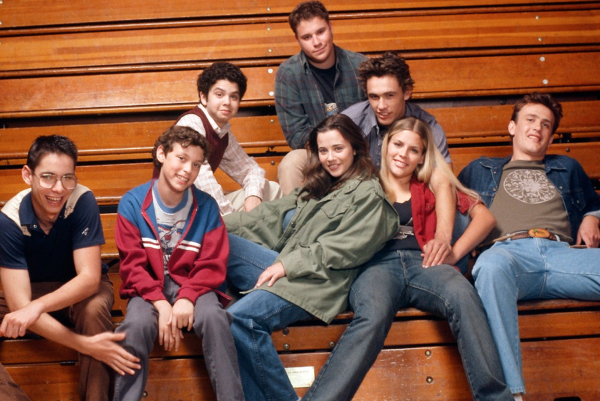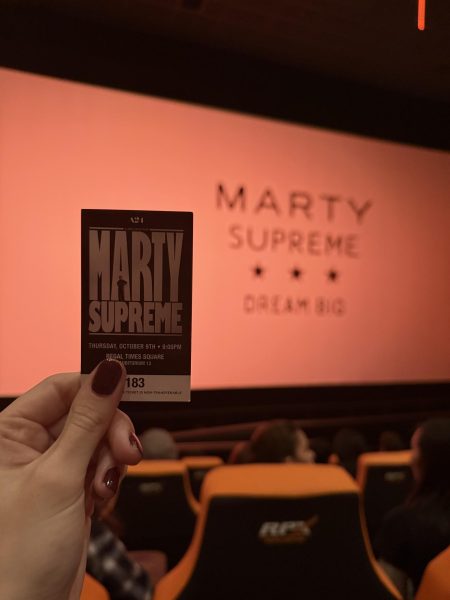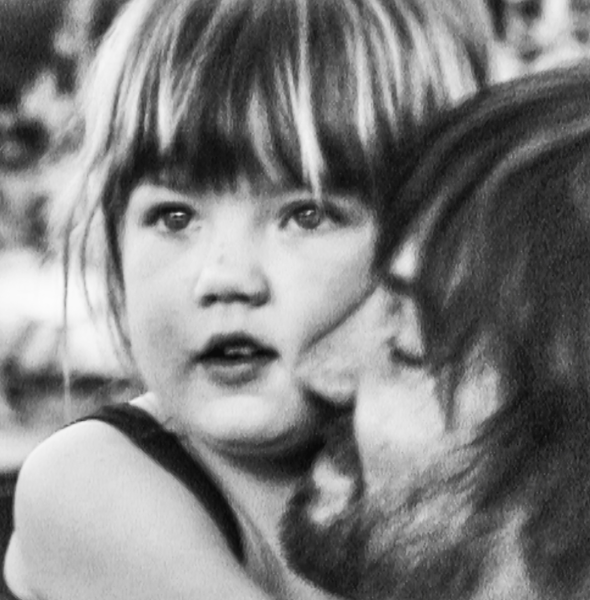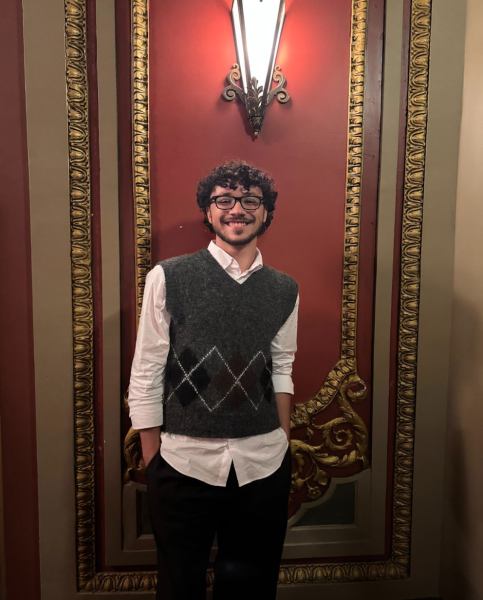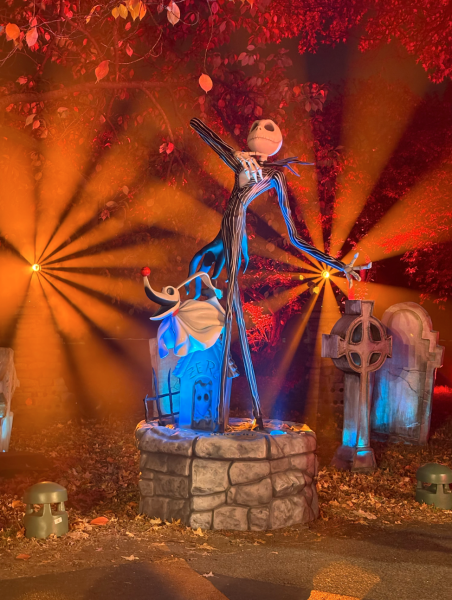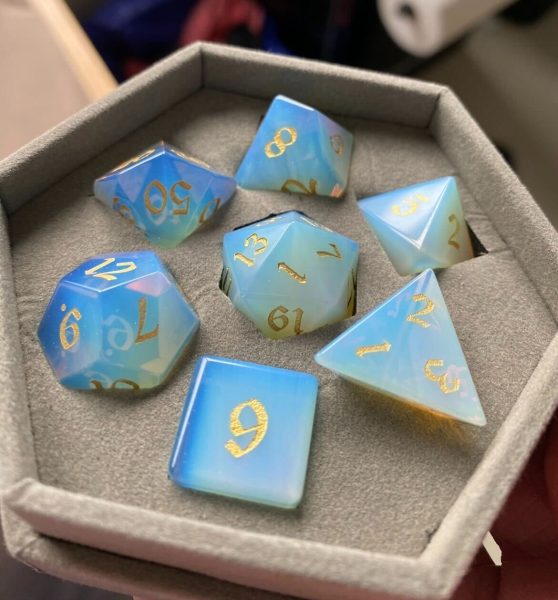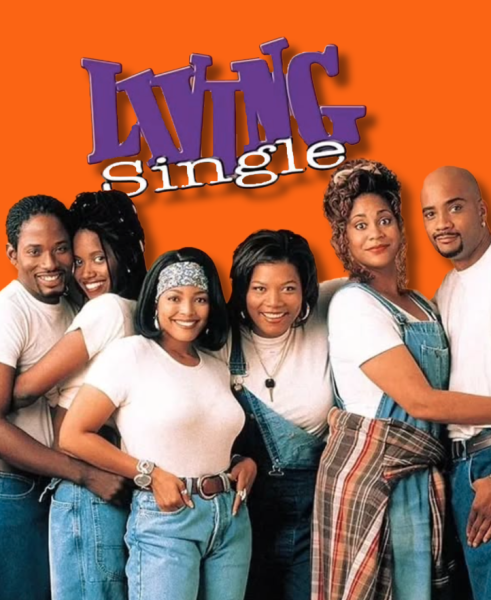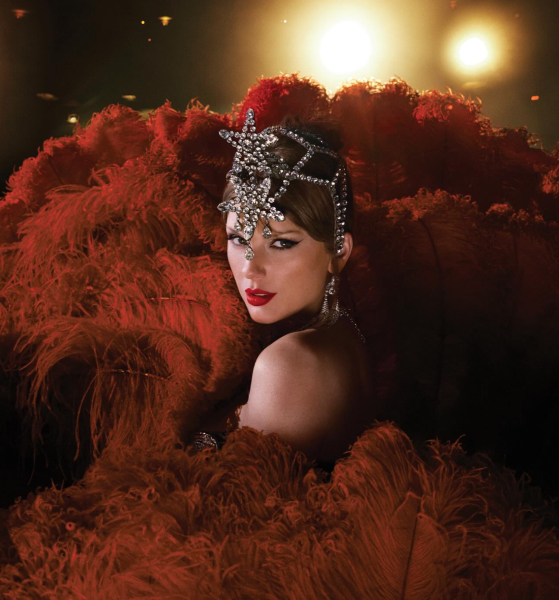The Princess, The Frog and Other Buddies of the Bayou
This past weekend, through nothing more than sheer luck of the Netflix draw, my roommate and I decided to watch “The Princess and the Frog,” a 2009 Disney animated film that chronicles a version of “The Frog Prince” fairytale set in 1920s New Orleans.
Suffice to say, neither of us expected to be as satisfied with our film choice as we both wound up being, nor did we expect to feel better off as people for those surprisingly profound 90 minutes in front of the screen.
But alas, that’s Disney, and I’m exaggerating for dramatics.
The opposites-turned-romantic interests Tiana and Prince Naveen of Maldonia embody two different ends of a well-known spectrum: Tiana is a diligent waitress, striving to open the restaurant she and her late father dreamed of together, while Naveen is a spendthrift philanderer, recently cut off by his parents and in search of a wealthy woman to marry in order to return to the ways of life he has always known.
Though taking place over the span of a day, the burgeoning romantic connection between the two frog (once human) protagonists does not feel rushed, forced or cheesy.
Tiana’s stubborn work ethic rubs off on the spoiled Naveen, who reveals himself to be not as lazy as he appears. Instead, extremely insecure in his abilities as a functioning adult as a result of his pampered upbringing. Naveen, in exchange, teaches Tiana that a bit of fun can go a long way and that restaurants are only as meaningful as the loved ones you have to fill them.
Even the supporting characters in the film exhibit a fullness and dynamism that charm viewers from start to finish. The affable alligator Louis, who also happens to be an extremely talented trumpeter, dreams of performing jazz on the big stage and proves that with practice, persistence and a bit of courage, we can all break the boundaries that once held us back.
The blind voodoo queen Mama Odie, with sage-like wisdom, encourages us all to figure out not what we lack, but rather what is already within us waiting to be tapped into.
Through a comical and visually colorful number — as most of the movie’s musical breaks were — Mama Odie convinces us that what we need is often much deeper, much simpler and, ultimately, much more fulfilling than what it is we think we want.
But by far, the must-see, break-out star of the film is the Cajun lightning bug of the Bayou Ray, an endlessly loyal companion who proves crucial to the success of Tiana and Naveen’s journey on multiple occasions. Embodying a pure and simple appreciation for the power of love, this endearing bug tugs on the heartstrings of viewers as effortlessly as he switches from English to French.
It is worth mentioning, though, that some people initially spoke out against the character in response to the movie’s trailer, claiming the snippets they saw portrayed a harmful stereotype of Cajun people that touted them as “backward, toothless, illiterate people who fart.”
However, Ray’s character arc is full and satisfying, as he displays an emotional intelligence and familial consciousness present in only the best of us. With a heart-wrenchingly unique love story of his own, Ray’s subplot makes viewers reevaluate what they consider a fairytale ending to look like and to appreciate the simplicity of some people’s happily ever afters.
“The Princess and the Frog” unexpectedly made me ugly cry — not your run-of-the-mill, “that-was-cute-but-only-mildly-compelling” eye-water and not because everything gets neatly tied with a bow at the end. No, the movie induced full-on heaves that let out with them my complete appreciation of its extremely lovable characters, its beautiful visuals, its imaginative plotline and its thorough exploration of a culture previously little-known to me.
And yeah, the movie was cute, but it was also genuinely thought-provoking and, as a result, has earned its place as one of my favorite Disney animated films, even if I was about ten years late.
By: Lindsay Grippo



































































































































































































